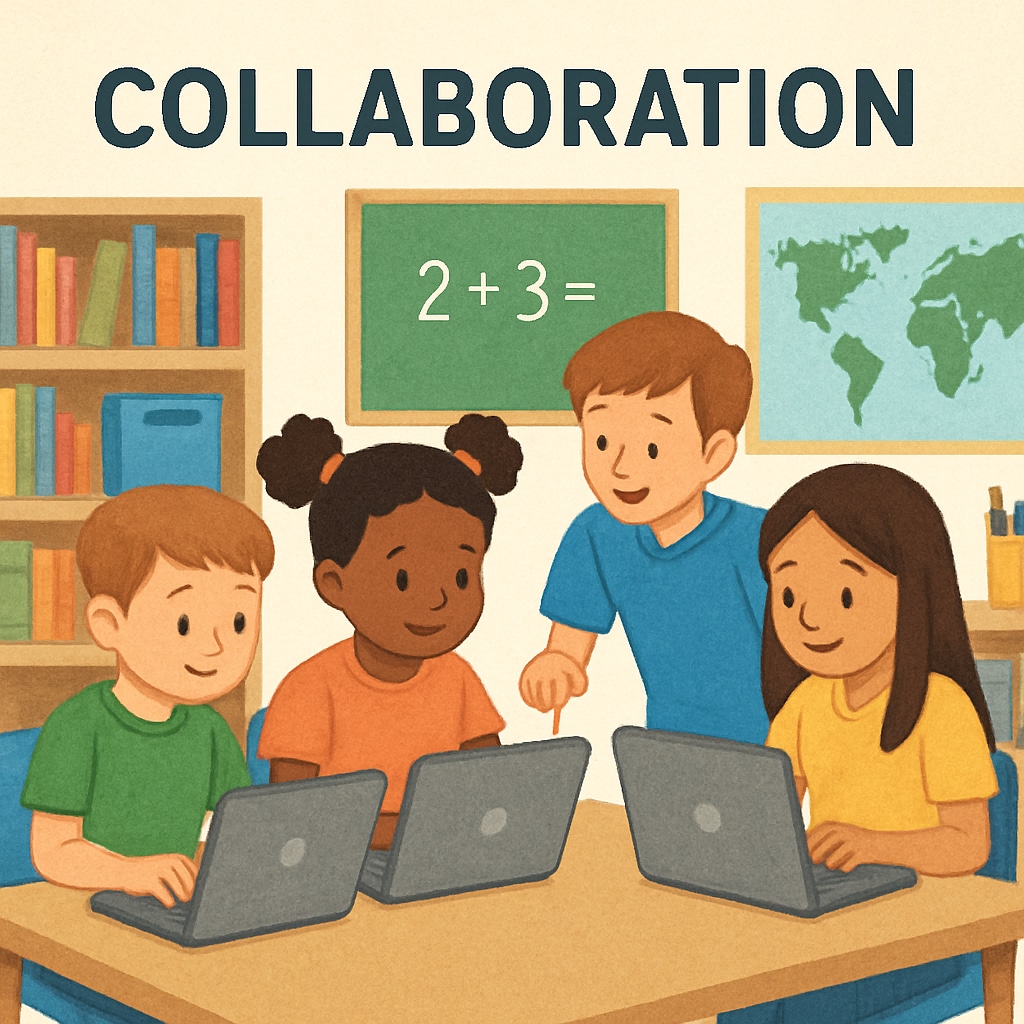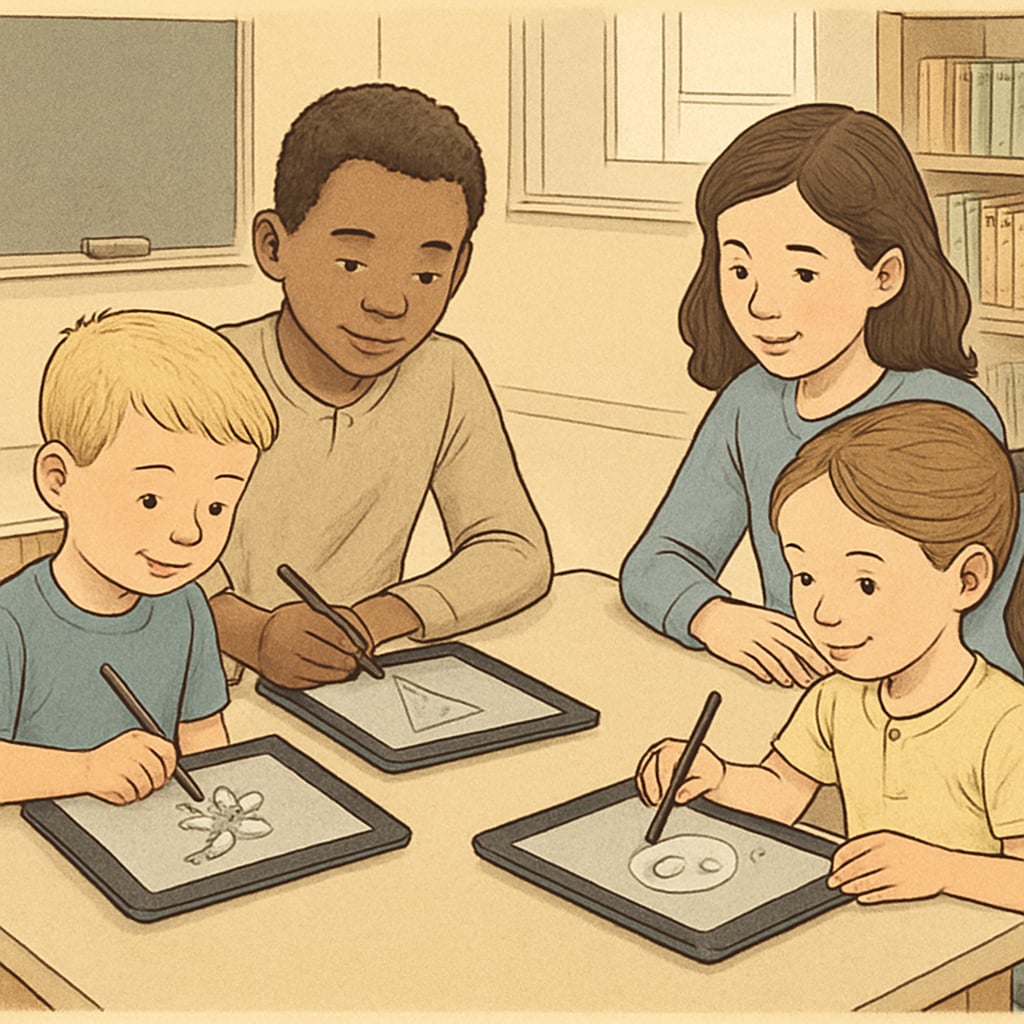Pairing kindergarten students with fourth graders in structured educational activities can be a powerful way to support skill development, collaboration, and digital literacy. By engaging in cross-age learning activities, younger students gain confidence and exposure to new concepts, while older students strengthen their leadership and mentoring abilities. This article outlines six computer-based activities designed to foster interaction and cooperation between these two age groups, creating a bridge for mutual learning and growth.

Why Cross-Age Educational Activities Matter
Cross-age learning activities offer unique benefits for both younger and older students. Kindergarteners often look up to fourth graders as role models, which can motivate them to participate more actively in tasks. On the other hand, fourth graders develop empathy and leadership skills by assisting their younger peers. These activities also encourage teamwork, problem-solving, and critical thinking, skills essential for academic and personal growth.
In addition, using computer-based activities introduces students to technology in a structured and engaging manner. According to Wikipedia’s definition of digital literacy, the ability to use technology effectively is increasingly vital in today’s world. By incorporating digital tools into the learning process, children from both age groups can develop essential skills in a safe and collaborative environment.
Six Computer-Based Activities for Cross-Age Learning
Here are six carefully designed activities that allow kindergarten and fourth-grade students to work together while learning important computer skills:
- Interactive Story Creation: Pair students together to create digital stories using software like Storybird or Google Slides. Kindergarteners contribute ideas and illustrations, while fourth graders help with typing and organizing the narrative.
- Basic Coding Exploration: Introduce students to beginner-friendly platforms like ScratchJr. Fourth graders can guide kindergarteners through simple coding exercises, creating animations or games together.
- Digital Art Projects: Use drawing applications such as Paint 3D or Canva to create collaborative art pieces. Kindergarteners focus on creativity, while fourth graders assist with navigating tools and refining designs.
- Educational Games: Pair students to play cooperative learning games on platforms like ABCmouse or Kahoot. Fourth graders handle game setup, while kindergarteners actively participate in gameplay and learning activities.
- Multimedia Presentations: Encourage students to create a short presentation on a fun topic, such as animals or seasons. Kindergarteners provide ideas and visuals, while fourth graders arrange slides and add text.
- Virtual Field Trips: Use platforms like Google Earth or online museum tours to explore new places together. Fourth graders can lead navigation while kindergarteners share observations and ask questions.

Tips for Implementing Cross-Age Activities
To ensure successful implementation of these activities, educators should consider the following strategies:
- Pairing Students Thoughtfully: Match students based on complementary skills and personalities to promote effective collaboration.
- Setting Clear Goals: Provide a clear outline of tasks and expected outcomes for each activity to reduce confusion.
- Providing Guidance: Offer support and supervision to ensure both age groups are engaged and working cohesively.
- Using Age-Appropriate Tools: Select platforms and tools that are user-friendly and suitable for both kindergarten and fourth-grade students.
- Encouraging Reflection: At the end of each activity, have students share their experiences and what they learned from working together.
By following these tips, educators can create a positive environment where cross-age collaboration thrives. For more insights into educational strategies, visit Britannica’s education resources.
Conclusion: Building Bridges Across Ages
Cross-age educational activities, such as the ones described above, offer significant benefits for kindergarten and fourth-grade students. They enable younger children to learn from their older peers while fostering leadership and collaboration skills in the older group. Additionally, integrating computer-based tasks into these activities enhances digital literacy, preparing students for a technology-driven future. Educators who embrace cross-age projects can create enriching learning experiences that bridge the gap between different age groups and promote lifelong skills.
By implementing these structured activities and fostering a supportive environment, schools can empower students to connect, collaborate, and thrive together.


